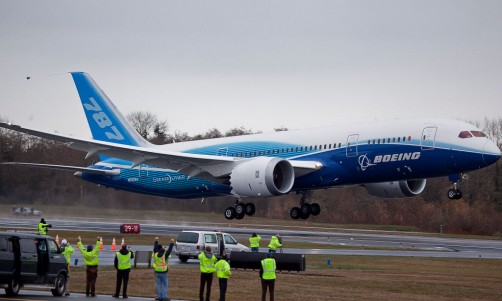The U.S Department of Transportation (DOT) hosted an event to introduce the latest technology on preventing drunk driving on June 4, Thursday morning. The Driver Alcohol Detection System for Safety (DADSS) program's features were clearly pointed out during the event, which was graced by the members of the Congress, road safety advocates, auto manufacturers, and other federal safety regulators and proponents.
According to Thomas Stewart "Tom" Udall, the senior United States Senator from New Mexico and a member of the Democratic Party, the effects and impacts of this alcohol detection system to the society, if it's really effective, are deemed substantial in nature, making the roads safer and resulting to fewer deaths. "It's estimated it could be in the range of 59,000 lives over 15 years and up to $343 billion in costs to our society," he explained.
This technological breakthrough targets to eliminate, if not totally eradicate, alcohol-related car accidents, and hopefully, save lives. Its advanced features include breath-based sensors and touch-sensitive schemes that can virtually measure the intoxication level of the driver in a second.
The touch system in the ignition button detects blood alcohol levels through the driver's blood flow. Another breath sensor in the car's visor distinguishes his blood alcohol concentration (BAC) levels.
The team is also up to developing two more technologies that will desist the drivers from starting their vehicles if their alcohol level exceeds .08%.
The researchers and automobile specialists will use the recently launched prototype vehicle equipped with the alcohol detection technology to further inspect and enhance the system.
National Highway Traffic Safety Administration (NHTSA) administrator, Mark Rosekind, said that this breakthrough is a huge step forward. He also pointed out that he will push through this until everything is set and finalized.
And once testing, research, and system development are complete, the integration of this safety device into cars is expected to be introduced in the next five years.
Although no specific costs were made, it is expected that this alcohol detection system is priced like that of other collision warning devices in automobiles today.










